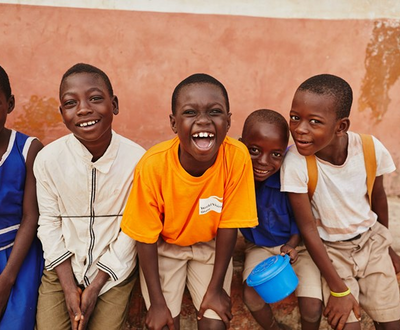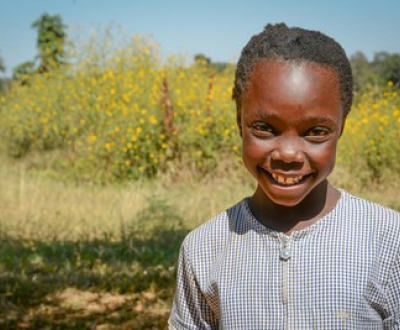Life can be tough. For children living in the places where it’s hardest to be a child, it’s tougher again. And for children living with a disability in those places – well, tough is often just the beginning. Here’s what we’re doing about it.
Child sponsorship empowers children and their communities to break free from poverty, for good. Together, we help the world’s most vulnerable children. That means children with disabilities have a special place in our work, because they are some of the most vulnerable members of any community.
Around the world one billion people live with a disability, and 80 percent of them are in developing countries. We are committed to including people with disabilities in all we do, not only to meet their needs but to be part of the solution to poverty – because real, lasting change needs all of us working together. We currently serve nearly 15,000 children with disabilities worldwide, and our goal is to triple that number in the next three years.
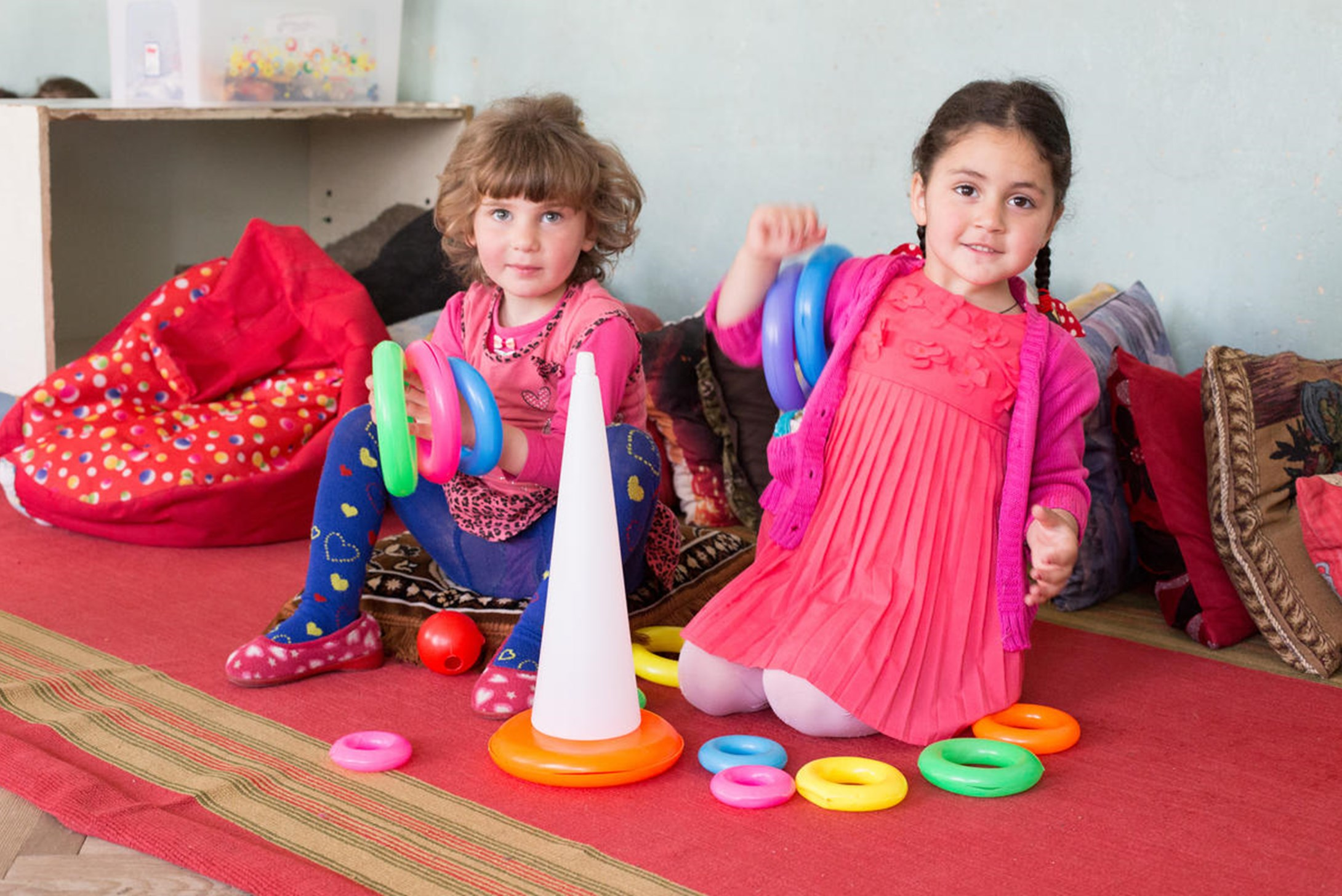
What is disability inclusion?
Disability inclusion is part of everything we do through child sponsorship. It means including people with disabilities in daily activities and ensuring they can participate in their community and have roles similar to their peers who do not have a disability. It’s creating a fair, just community for people with disabilities.
Disability inclusion is one aspect of social inclusion, which is the process of transforming social relations and structures so that people and groups who are traditionally marginalised have more opportunities, power, rights, access to resources, and agency to run their own lives. That means they can be fully part of the world around them – culturally, economically, and politically – and help to shape it too.

How are people with disabilities excluded?
People can be marginalised for many reasons. People with disabilities can be excluded from many parts of community life not only because of their physical, cognitive, or sensory impairments, but also from societal barriers that limit how they can be part of what happens around them. Though people with disabilities often need help like rehabilitation or assistive technologies like wheelchairs or walking sticks, these services alone won’t address the root causes of exclusion. Only breaking down barriers in a community can do that.
People with disabilities can face brick walls of many and varied types when it comes to being part of everyday life - from inaccessible environments (like no wheelchair ramps or accessible toilets), to harmful stereotypes or stigma around disability, or even laws and policies that do not consider the unique needs and contributions of people with disabilities. Women and girls with disabilities often experience double discrimination based on their gender and their disability, coping with challenges like rigid gender roles and a lack of decision-making power in their families and communities at the same time as problems like not being able to get where they need to go or get the support they need to go to school or get a job.
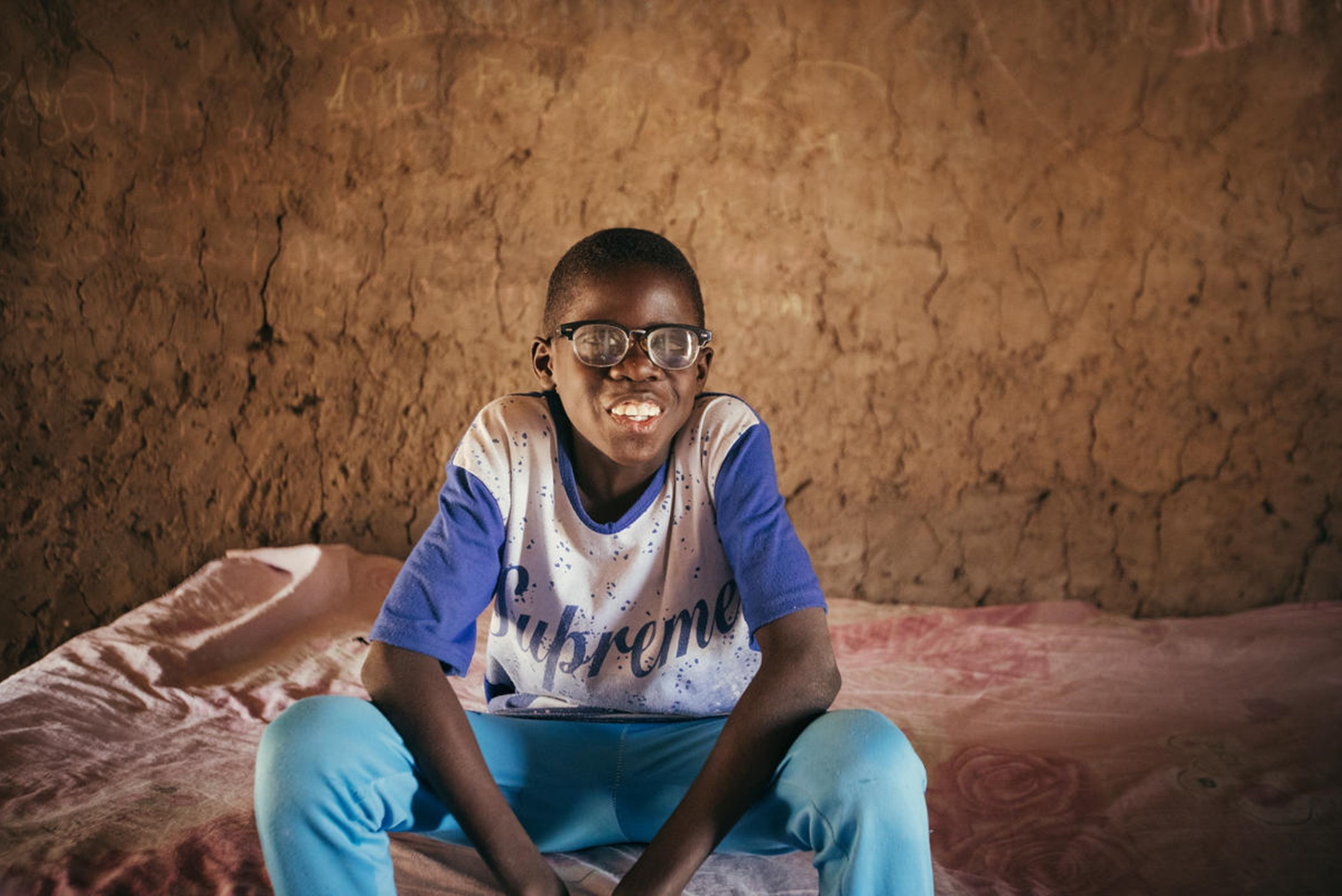
What does disability inclusion look like for sponsored children?
Child sponsors make disability inclusion a part of children’s and communities’ lives in five ways:
- Access to services and assets – by helping connect people with disabilities with health, education, livelihoods, water, sanitation and hygiene and other services, and the specialised rehabilitation and assistive technology services they need.
- Enhanced well-being – by ensuring that protection and prevention systems tackle the increased risk of violence towards children and adults with disabilities.
- Participation within social, economic and political processes in their community and nationally – by supporting and encouraging people with disabilities to participate in these processes and supporting and encouraging community leaders in all areas to make the processes more accessible and inclusive.
- Decision making at household, community and societal level – by building the confidence and skills of people with disabilities to be part of decision making and supporting the people around them to empower them to be involved.
- Equal systems – by addressing stigma towards people with disabilities in their communities and supporting community and national advocacy for more fair laws and processes, like those set out in the UN Convention on the Rights of Persons with Disabilities.
In this picture, Kabita struggled to fit in a school, owing to speech impairment. Thanks to her sponsor, she is now a skilled tailor, owns a tailoring shop, earns a healthy income and teaches tailoring at a training college especially for differently abled people.
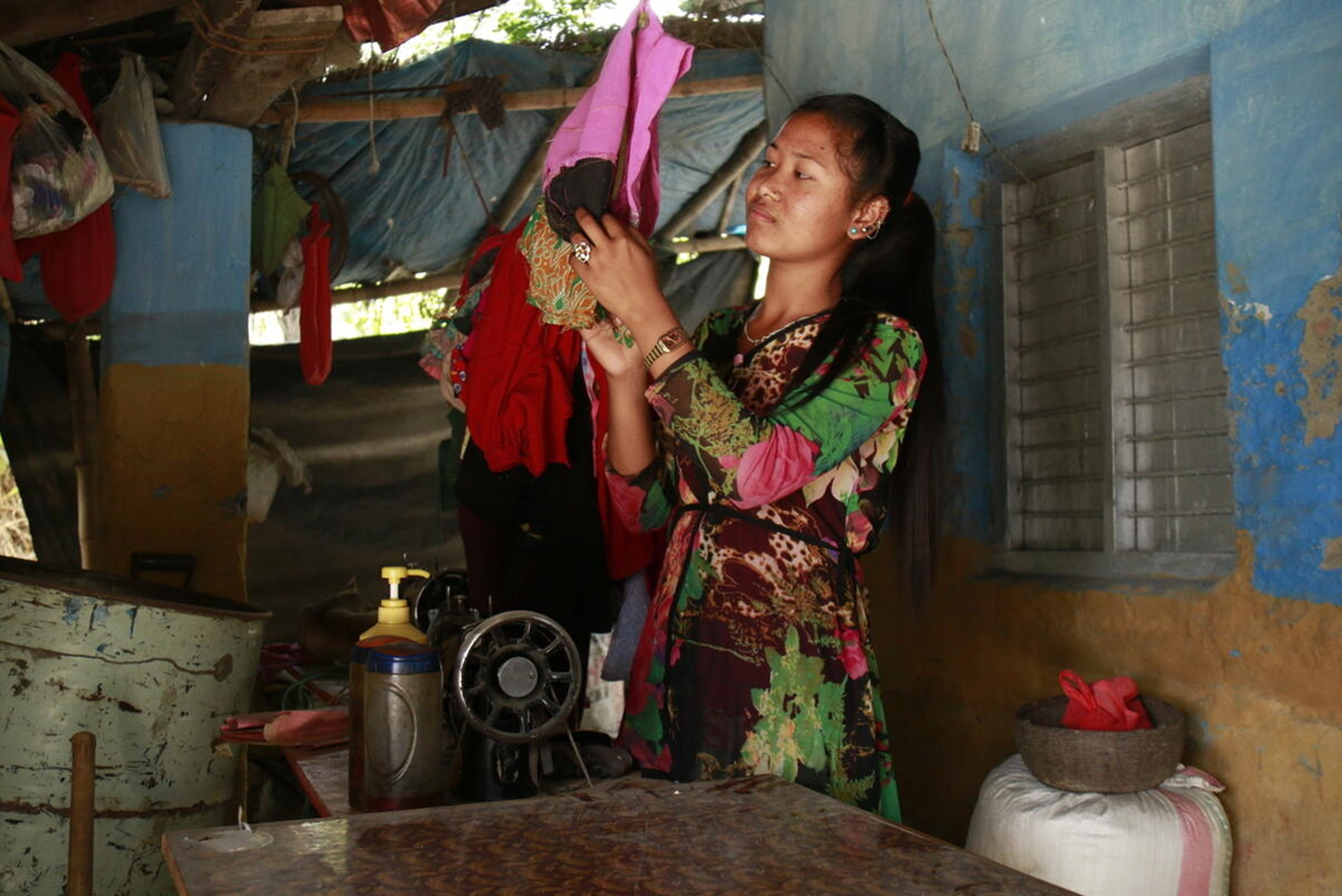
How does disability inclusion work in a community?
Let’s take a look at Malawi, where the Mpalo Area Programme opened in 2021. Before child sponsorship even began, 20 local sponsorship staff were trained on collecting and analysing data on disability. We used a special data tool to map all the children with disabilities in the area, to strengthen disability inclusion from the very start. Because we prioritise the most vulnerable children in the child sponsorship programme, many of these children were nominated to be registered for sponsorship – in one Area Programme, five percent of children registered had a permanent disability. Several of these children have been referred to health centres or larger hospitals for support and treatment, often for the first time.
With the programme now up and running, water, sanitation and hygiene projects in the community are promoting designs that are disability friendly to support access and use of these facilities in homes and schools. Community volunteers are educating parents on the importance of hygiene and sanitation. We are advocating for school infrastructure that is accessible for children with disabilities and training teachers so that education is inclusive. We are working with citizens groups to empower community members to advocate for services to reach children living with disabilities too. Children with disabilities who need support have also been connected with programmes to provide them with wheelchairs, hearing and learning aids.
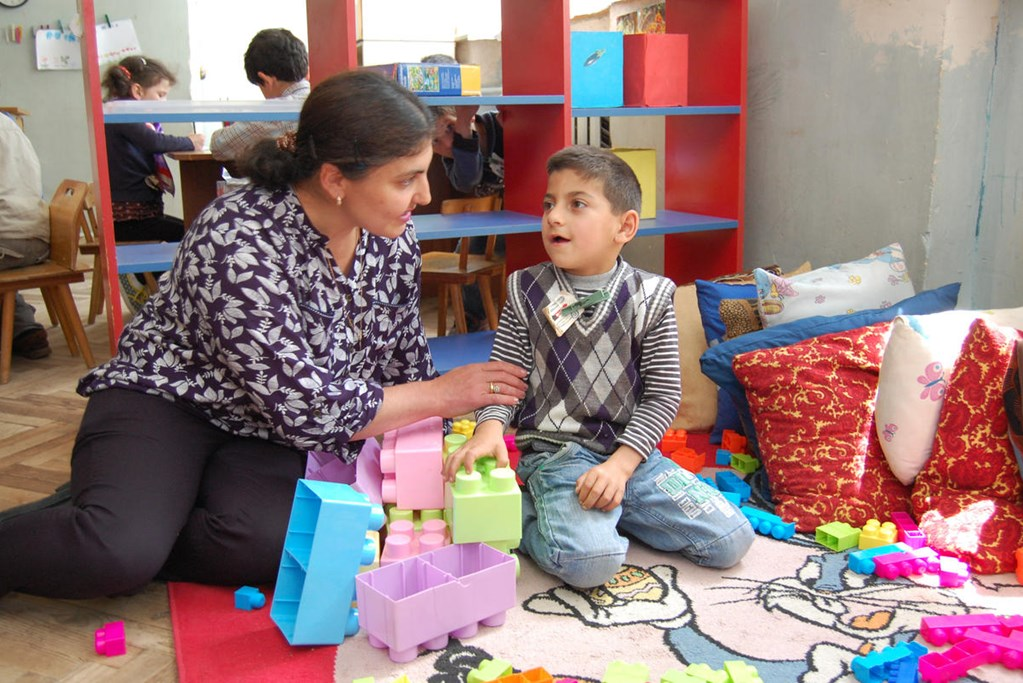
What does all this mean to a child and their community?
When people with disabilities are fully included in their community, everyone benefits. Our inclusive education programme nearly doubled the numbers of children with disabilities attending school in Malawi within a three-year period. At the same time, we worked with 80 community leaders, including five chiefs, to shift negative norms around disability and encourage the community to include people with disabilities in decision making and community life. Day by day, these communities are taking another step toward becoming places where every child can thrive and contribute to the lives of people around them. Children of all different abilities, and their communities, are being empowered to stand on their own two feet – and that transforms lives, for good.
Sponsor a child today.
You can empower a child and their community to thrive.
